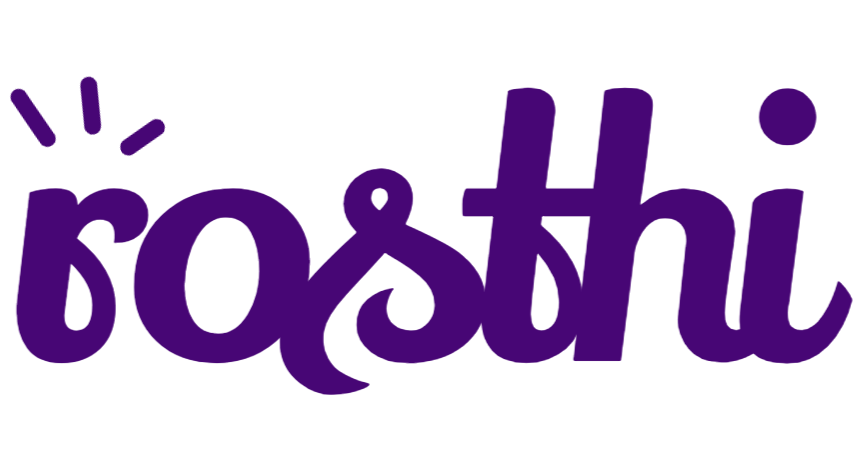In the world of JavaScript, understanding how events are propagated is super essential for building interactive web applications. Two main concepts you need to know about are capturing and bubbling. Let’s dive into what they are and how they differ!
What is Event Propagation?
Event propagation is how events travel through the DOM (Document Object Model) when you interact with elements on a webpage. When you click a button or hover over a menu item, those actions trigger events that can travel through parent and child elements. Capturing and bubbling are the two phases that define the direction of this event travel.
The Direction of Event Propagation
Capturing Phase
Capturing, also known as the capture phase, is the first phase of event propagation. When an event is triggered, it starts at the top of the DOM tree, from the root element (like or
) and travels down to the target element where the event occurred. Think of it as a game of hot potato where the event starts high up and cascades down to find its target!Bubbling Phase
On the other hand, bubbling is the reverse process. This phase starts from the target element (the one where the event is triggered) and then bubbles back up to the root element. Continuing the hot potato analogy, imagine passing that hot potato back up the chain until it reaches the top!
The Order of Execution
The capturing phase happens first, followed by the bubbling phase. This order is crucial because it determines how event listeners respond to events and which code gets executed first.
Default Behavior
Most events in JavaScript are set by default to propagate through the bubbling phase. If you want an event to be captured, you need to set the third parameter in the addEventListener function to true. This makes sure the event handler will respond during the capturing phase rather than the bubbling phase.
Frequency of Use
In practice, bubbling is much more commonly utilized than capturing. Developers generally find themselves working with the bubbling phase because it allows event delegation – which is super cool for optimizing event handling in lists of elements or dynamically generated content!
Event Information
When dealing with events, it’s crucial to differentiate between event.target and event.currentTarget.
- event.target: This refers to the actual element that triggered the event. Think of it as the source of the action.
- event.currentTarget: This is the element that currently has the event handler attached and is executing its logic. It’s like knowing which parent is holding the hot potato!
Controlling Event Propagation
Sometimes, you might want to stop the event from propagating to other elements. You can easily do this using event.stopPropagation(), which effectively halts both the capturing and bubbling phases. This can be especially useful in cases where you want to isolate event handling to a specific element and avoid any unintended effects on others.
Real-World Applications
Bubbling is particularly useful for implementing the event delegation pattern. Instead of adding multiple event listeners to children, you can attach a single listener to their parent and handle events in one place!
On the flip side, capturing can be handy in specific scenarios where you want to intercept an event as it travels down the DOM tree before it reaches its target.
Conclusion
Understanding the differences between capturing and bubbling is vital for efficiently managing DOM events in your web applications. By mastering these concepts, you’ll boost your ability to control complex event flows and create slick user interactions. So go ahead, play around with capturing and bubbling in your projects, and watch how it elevates your coding skills to a whole new level!



